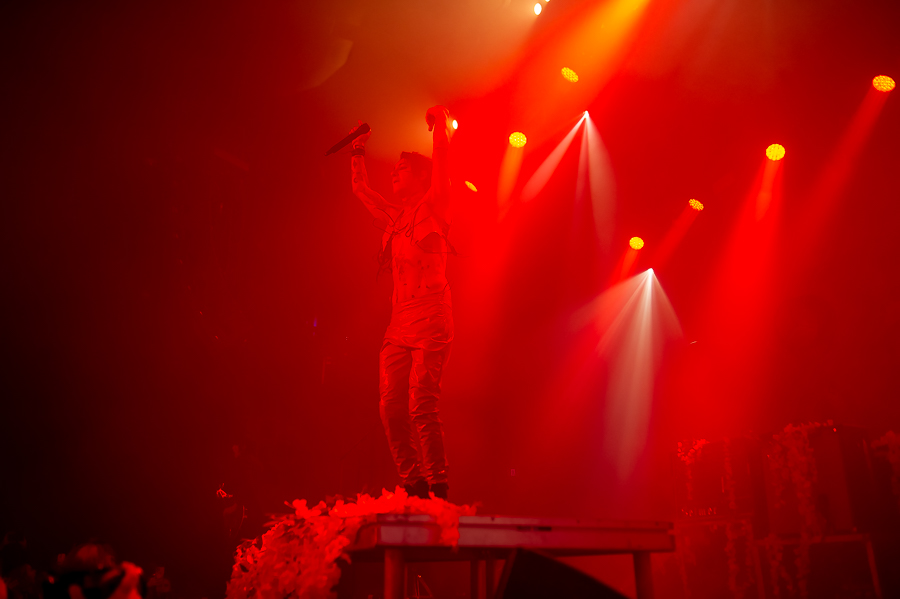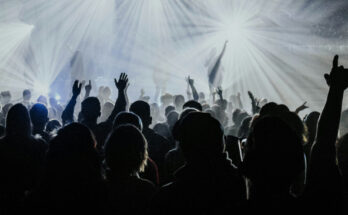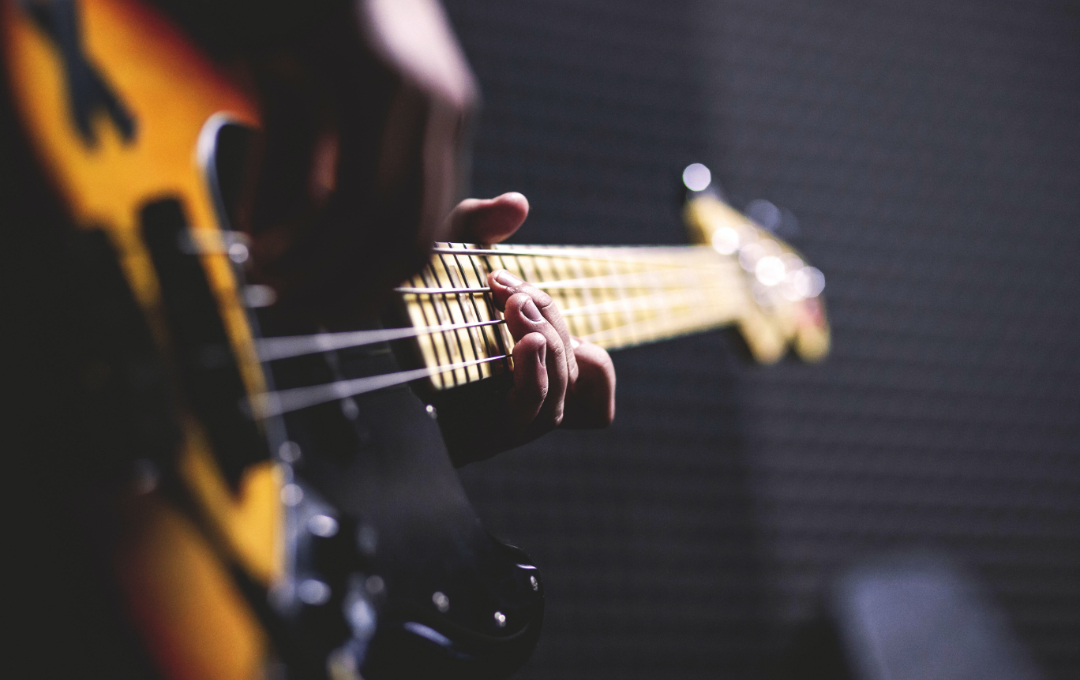There’s nothing quite like the electric thrill of a live concert. The energy is palpable, the music reverberates in your chest, and the crowd becomes a living organism—breathing, swaying, and singing as one. It’s an experience that goes beyond just sound. It’s about the atmosphere, the connection, and most of all, the visual spectacle that comes with the performance. Unfortunately, far too often, one crucial element of the experience is woefully neglected: lighting.
Concert lighting isn’t just a background aesthetic; it’s an essential part of the entire performance, one that can elevate a band’s set from mediocre to mind-blowing—or, in some cases, drag it into the abyss of underwhelming disappointment. For bands to skimp on or mishandle their lighting design is not only a disservice to themselves but also an affront to their fans who have invested time, money, and emotion into being there. Yet, it seems that many bands still fail to grasp just how much a well-executed lighting scheme can mean for their live shows. So let’s talk about why poor lighting is not only frustrating but, frankly, unforgivable.

A Missed Opportunity to Engage the Audience
First and foremost, the primary job of any live performance is to engage the audience. Fans attend concerts for a complete sensory experience. They want to be swept away not just by the music but by the immersive nature of the event. When a band doesn’t pay attention to its lighting, they rob the audience of an essential part of that immersion. It’s like watching a blockbuster movie on a dim, flickering screen—no matter how good the content, the lack of visual clarity diminishes the impact.
Poor lighting can ruin the entire mood. Imagine a quiet, emotional ballad performed under harsh, bright white lights. It doesn’t make sense. Or worse, consider a high-energy rock anthem being performed in near darkness, where only vague outlines of the band are visible. This lack of thought shows a fundamental misunderstanding of how visuals complement music. Concert lighting should match the tone and intensity of the music, amplifying the emotion the band wants to convey. If a band can’t be bothered to think through this, they’re wasting a valuable opportunity to connect with their audience.

Fans Pay for More Than Just the Music
A concert ticket isn’t cheap. Fans shell out considerable amounts of money for the privilege of seeing their favorite artists perform live. They pay for the whole experience—not just the sound, but also the visuals, the stage presence, and the atmosphere. When a band neglects to invest in decent lighting, they’re essentially shortchanging their fans. This is especially frustrating at larger venues, where people sitting far from the stage are often reliant on the lighting to get a sense of what’s happening.
When the lighting is inconsistent, underwhelming, or downright poor, it can feel like the band is taking its audience for granted. Fans aren’t just paying for an audio file they could stream from home; they’re paying for a multi-sensory event, one that should transport them out of the everyday and into a space where music and visuals merge to create something unforgettable. It’s insulting when bands fail to deliver on this promise.

The Emotional Disconnect
Music is deeply emotional. It stirs memories, evokes feelings, and creates moods. Good lighting can amplify this. It can highlight the most emotional moments of a performance, creating an almost cinematic experience. When lighting is done well, the audience is guided through the show in much the same way a director uses lighting in a movie to signal mood changes.
But when lighting is mishandled, it can create an emotional disconnect. A tender, heartfelt song performed under a barrage of flashing lights becomes disorienting rather than intimate. On the other hand, a high-energy moment drowned in dim, stagnant lighting feels flat. When lighting fails to reflect the emotional arc of a performance, it diminishes the music’s impact. The audience becomes passive rather than engaged, as they struggle to reconcile what they’re hearing with what they’re seeing—or rather, what they’re not seeing.

The Lack of Professionalism
In an era where live performances are a significant part of a band’s income, it’s inexcusable not to treat the concert experience with the utmost professionalism. For major artists, poor lighting signals a lack of respect for the craft and for their fans. For up-and-coming bands, it’s an easy way to alienate potential long-term supporters.
When a band neglects its lighting, it screams laziness or a lack of attention to detail. This is especially true when many bands of the same genre or scene are excelling in this area. Imagine watching a band with a stunning, meticulously designed light show—one where the visuals and music blend seamlessly—only to see another band the next night with flat, uninspired, or inconsistent lighting. Who are you more likely to remember? Who are you more likely to support in the future?
Lighting Can Make or Break the Show
The harsh reality is that poor lighting can ruin an otherwise great concert. Even the most musically talented band will struggle to deliver a memorable performance if the audience can’t see them clearly or if the lighting distracts from the music rather than enhancing it. It doesn’t matter how great the setlist is or how tight the band is musically. If the visuals fall short, the entire experience suffers.
On the flip side, a band with decent but not spectacular music can elevate their show through great lighting design. It’s a secret weapon that can turn a competent performance into an unforgettable one. When the lighting syncs perfectly with the music—whether it’s the drop of a bass line met with a strobe explosion or a delicate vocal break highlighted by soft, glowing colors—it becomes part of the performance itself. The audience leaves not just remembering the songs but the entire experience.
It’s Not Rocket Science
The most frustrating part is that good lighting isn’t an unattainable goal. Yes, for arena shows, complex lighting rigs and tech-heavy setups can get expensive. But smaller bands and venues have plenty of creative, low-budget options at their disposal. Even a basic understanding of lighting design principles—like contrasting colors for different moods, avoiding overuse of strobe lights, and ensuring the band is clearly visible at all times—can go a long way. For a band that truly cares about its live performances, investing time and thought into lighting is not an option—it’s a necessity.
Conclusion
Bands need to realize that poor lighting is more than just a minor annoyance. It’s a critical mistake that can undermine the entire concert experience. Fans expect more, and they deserve more. A lack of attention to lighting reflects poorly on a band’s professionalism and can create a significant emotional disconnect with the audience. The next time your favorite band takes the stage, don’t settle for mediocre visuals. They can, and should, do better. After all, the stage isn’t just a place for music—it’s a canvas waiting to be painted with light.


